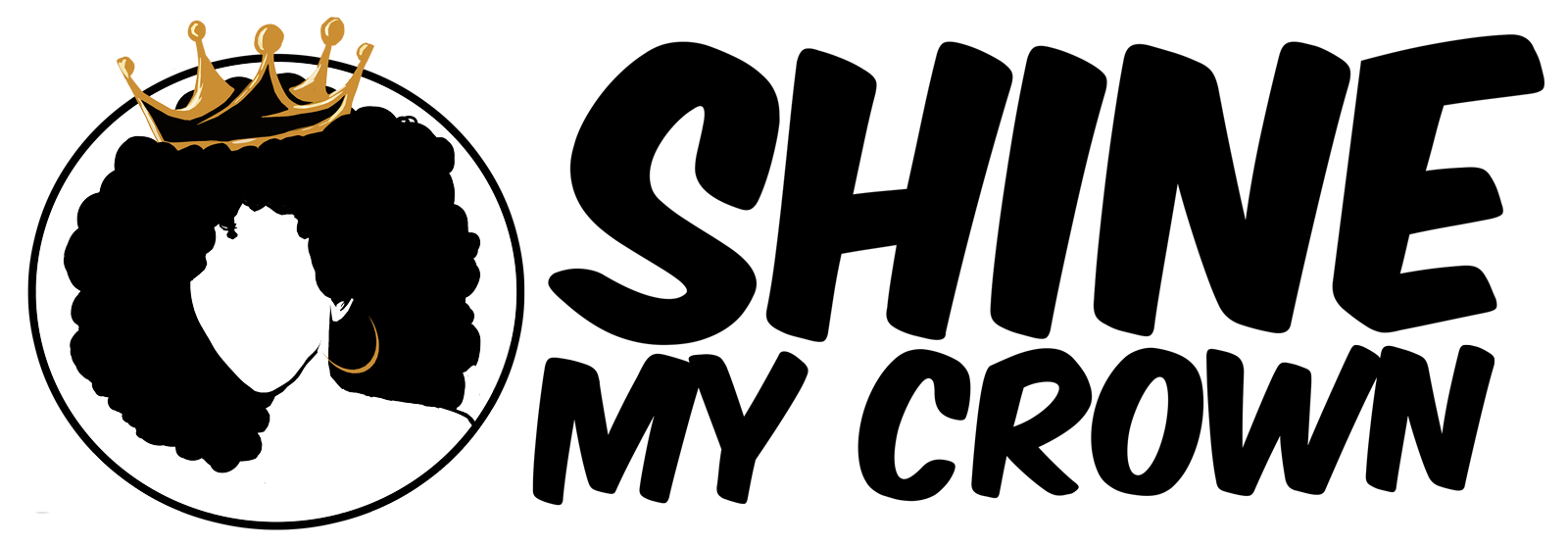African head wraps, also known as turbans or gele, have a long and rich history in the African culture. They have traditionally been worn as a symbol of modesty, elegance, and cultural heritage. Today, head wraps are worn not only as a symbol of cultural pride but also as a fashion statement and practical hair accessory.
Embracing Tradition: Head Wraps as Symbols of Modesty and Marital Status
Head wraps have been worn by African women for centuries, and they have a deep cultural significance. In many African cultures, head wraps are worn by married women as a symbol of their marital status and to show respect for their elders. They are also worn by women during religious ceremonies and special events.
Versatility and Style: Contemporary Trends in Head Wrap Fashion
The use of head wraps has also been an important aspect of African hairstyles. They have been used to protect and adorn natural hairstyles such as dreadlocks and braids. They also have been used to conceal hair loss, alopecia, and other hair concerns.
Artistry in Diversity: Styles and Materials of Head Wraps
Head wraps are versatile and come in a variety of styles and materials. They can be made of cotton, silk, or other fabrics. They can be simple and understated or brightly colored and adorned with beads, sequins, and other embellishments. Some head wraps are pre-tied, while others can be tied and styled in many different ways.
Tying the Knot: Popular Head Wrap Styles for Every Occasion
One popular way to tie a head wrap is the “bun” style, which involves wrapping the head wrap around the head and securing it at the top with a bun or knot. This style is perfect for those with short hair or natural hair that can be difficult to style. Another popular style is the “bow” style, where the head wrap is tied in a bow at the back of the head. This style is perfect for those with longer hair that can be styled into a ponytail or bun.
Beyond Fashion: Head Wraps as Protective Styles
Head wraps can also be worn with natural hair as a protective style. They can be used to cover the hair at night to protect it from damage and breakage. They can also be used to protect the hair during sports and other activities.
Celebrities and Catwalks: Head Wraps in the Modern Fashion Landscape
African head wraps are not only a beautiful and practical hair accessory, but they also have a cultural and historical significance. They have been worn by African women for centuries and have become an important part of African hairstyles.
In recent years, head wraps have become increasingly popular in the fashion world. They have been worn by celebrities such as Solange Knowles, Lupita Nyong’o, and Erykah Badu, and they have been featured in high-fashion magazines and runway shows.
Conclusion: Elegance Redefined – The Timeless Beauty of African Head Wraps
Head wraps are a great way to add a touch of elegance and style to any outfit. They can be worn with casual or formal attire and can be dressed up or down. They are also a great way to accessorize and add a pop of color to any outfit.
In conclusion, African head wraps are a beautiful and practical hair accessory that has a long and rich history in African culture. They have traditionally been worn as a symbol of modesty, elegance, and cultural heritage. Today, head wraps are worn not only as a symbol of cultural pride but also as a fashion statement and practical hair accessory. They come in a variety of styles and materials and can be worn in many different ways. Head wraps are a great way to add a touch of elegance and style to any outfit, and they are a great way to accessorize and add a pop of color to any outfit. They also have cultural significance and have been used to protect natural hairstyles such as dreadlocks and braids. They have become increasingly popular in the fashion world and have been worn by celebrities and in high-fashion magazines and runway shows.
